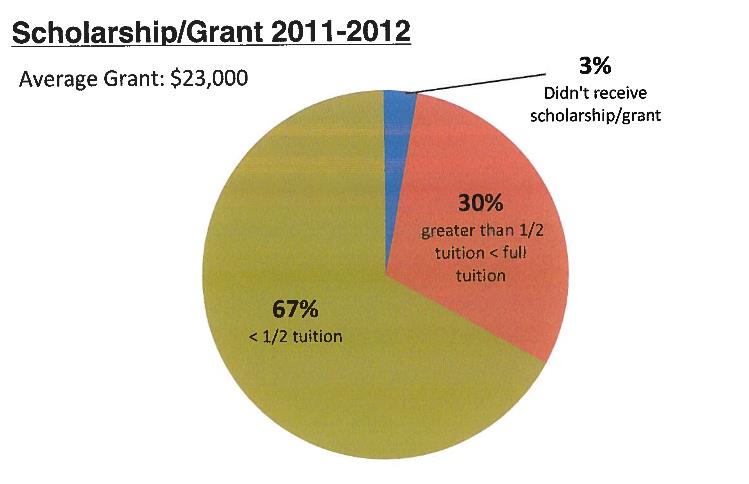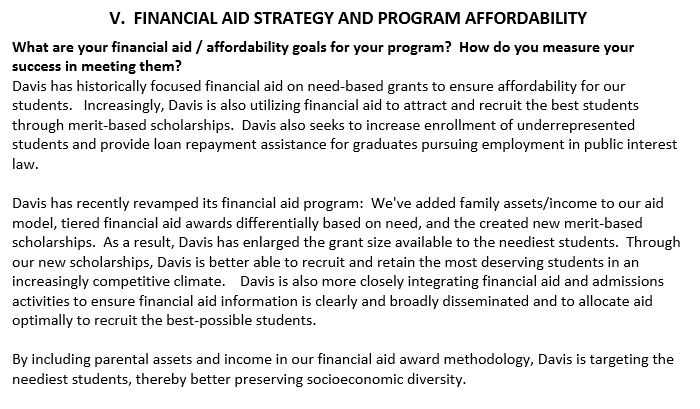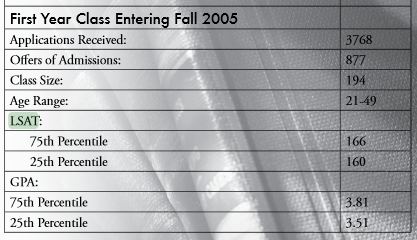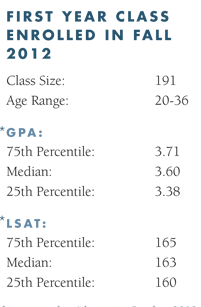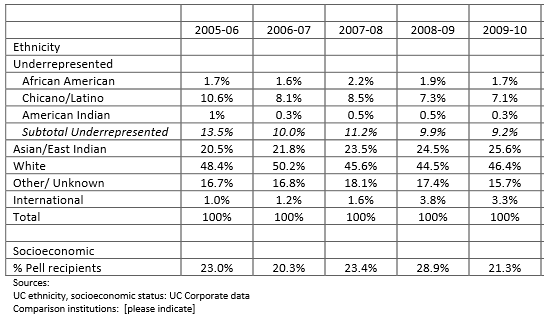Blog Editors
Recent Posts
Letter to Alumni Re-introducing the King Hall Budget Policy Committee
Petition for the Loan Forgiveness Program
Archive
The Regent's "Return to Aid" Policy at King Hall
Posted By Heather, Mar 24, 2013
In the fall, the LSA and the King Hall administration hosted a Town Hall to discuss tuition. At that meeting, the administration distributed a pamphlet outlining the expenditures at King Hall. There is a lot in this handout. In this blog post, I am going to focus on one of the most significant expenditures, "Return to Aid." This is highlighted above in the box on the right. Regent rule 1303 requires at least 33% of Professional School's tuition be redistributed to students in the form of financial aid. In compliance with this, King Hall spends about $8,652,000 on various forms of financial aid every year.
Here is what we were given:
One aspect of financial aid are scholarships and grants. Here is a chart provided by the administration roughly outlining the average amount of scholarships and grants in 2011-12: